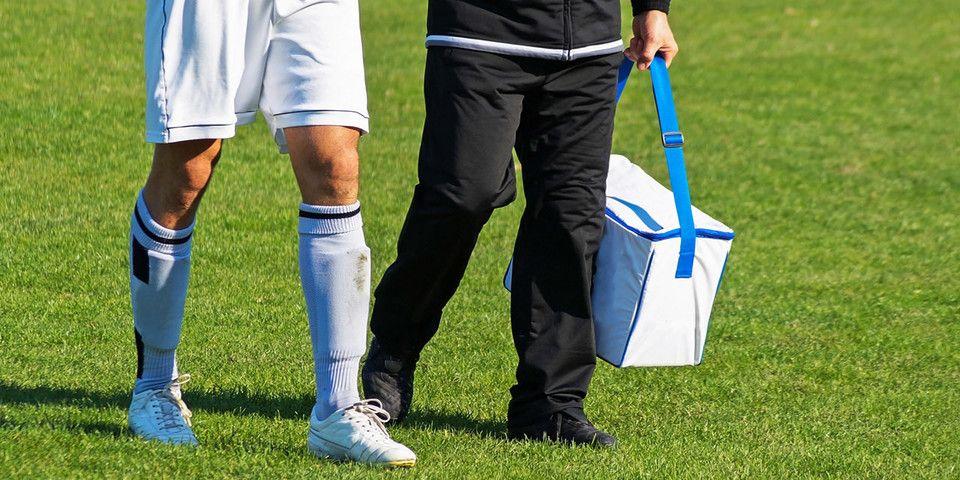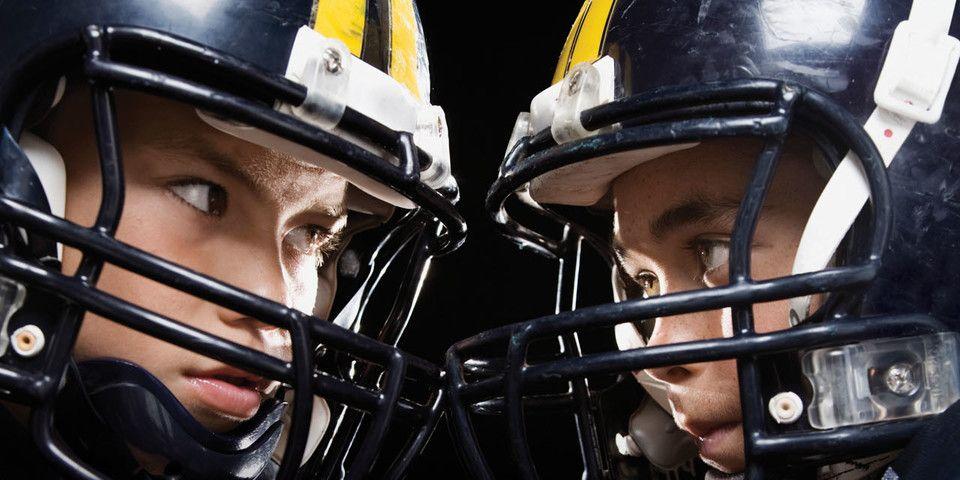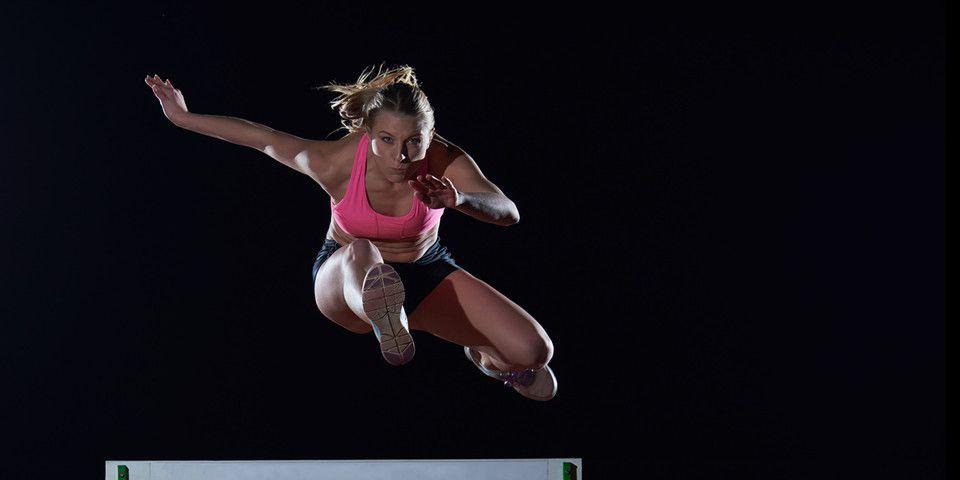2 Popular Summer Activities, 5 Summer Sports Injuries
Swimmers and divers commonly experience injuries caused by stress and overuse as well as traumatic accidents. These are five of the most typical of these injuries.
The most committed among us know that swimming isn’t just a summertime sport. Serious swimmers and cross-training athletes swim year - round in gyms and recreation centers to stay in proper shape and build endurance.
That said, there is a massive surge in swimming activity when the days get longer and the sun gets hotter. Especially for casual swimmers, swimming is primarily relegated to summertime. Among these casual swimmers, a lack of year-round exercise means muscles, tendons, and ligaments will be largely unprepared for intense activity. This increases the likelihood of summer sports injuries - and, similarly, a lack of familiarity with proper procedures and safety precautions increases the likelihood of traumatic injuries.
And the unfortunate reality is: not only inexperienced swimmers are prone to summer sports injuries. The repetitive, intensive nature of serious athletics means that serious swimmers and divers are susceptible to stress and overuse injuries. And while serious athletes tend to be more familiar with safety procedures, they are nonetheless at risk of accidents and traumatic injuries.
In this article, the experts at Rothman Orthopaedic Institute will introduce you to some of the most common risks associated with two favorite summertime athletic activities: swimming and diving. For each activity, we will highlight top risks and what can be done to prevent the associated summer sports injuries.
Swimming & Diving: Top Risks for Injury
In general, swimmers tend to be more prone to stress injuries affecting muscles, tendons, and ligaments; divers, meanwhile, are more prone to traumatic accidents. Let’s take a look at common swimming injuries first.
-
Swimming: Shoulder Injuries
Swimming requires a great deal of upper body strength and, consequently, places a large amount of stress on the upper body. The shoulders, in particular, are prone to swimming-related injuries. The most common of these injuries is “swimmer’s shoulder”--a rotator cuff impingement. When the arm is lifted during swimming activity, it places strong pressure on the rotator cuff and may cause instability or tendonitis within the rotator cuff. The best way to prevent these injuries is by building up muscles and tendon strength within the rotator cuff and shoulder; try incorporating stretches and exercises that target the shoulder into your workout routine. -
Swimming: Back Injuries
Swimming injuries are certainly not limited to injuries of the shoulder; swimming can also be a source of injury and pain within the back. This is especially the case among butterfly swimmers. Butterfly strokes involve arching the back continuously to propel the body through the water, which can result in injury to the lumbar vertebrae and intense pain in the lower back. To prevent these injuries, focus on technique: keep your head down and aligned with your spine. And be sure to always stretch and warm up before back-intensive activity. -
Swimming: Knee Injuries
While many people would associate knee injuries more with high-impact running activities than a sport like swimming, certain swim strokes are frequently responsible for summer sports injuries. Most notably, breaststroke swimmers suffer knee injuries with such frequency that a specific knee stress injury bears its name: “breaststroke knee”. The rotation of the knee that is involved in the whipping, kicking motion of the breaststroke can create intense stress on the knee which, in turn, can strain and injure the MCL (medial collateral ligament). The best way to avoid knee injuries while swimming is to alternate between different swim strokes and strengthen the hamstrings, quadriceps, and knee ligaments and tendons through targeted exercises. -
Diving: Neck Injuries
In 2013 alone, 25,832 patients were treated in emergency rooms for injuries caused by diving activity. The majority of these injuries were neck injuries, generally caused by diving into shallow water headfirst. To avoid these injuries, never dive into water of shallow or unknown depth. -
Diving: Spinal Injuries
Diving-related injuries are certainly not limited to neck injuries. 1,800 spinal cord injuries are suffered annually due to swimming and diving activity. Spinal cord injuries suffered while diving often result in paralysis. Prevention measures include only diving in water of sufficient depth and only diving off of the end of diving boards (rather than the middle).
If you have experienced any of these summer sports injuries, it is of critical importance that you pursue effective treatment. The orthopedic specialists at Rothman Orthopaedic Institute offer unmatched treatment options for these (and other) sports-related injuries. To speak with a doctor or schedule an appointment, visit us here or contact us at 1-800-321-9999.
Related Physicians
Related Specialties
Related Conditions
Related Treatments
Related Programs
-

Athletic Training- Sport Medicine Outreach
Our Field Athletic Trainers provide direct sports medicine care to youth, high school, college and professional athletes. Rothman AT’s provide athletic training services throughout Southeastern PA to interscholastic high schools, colleges, as well as tournaments and special events.Read More -

Sports Concussion Program
Concussion care is a special focus of Rothman's sports medicine program. We've developed the most advanced multi-disciplinary evaluation and treatment techniques based on research done by the concussion specialists here at Rothman Orthopaedic Institute.Read More -

Women’s Sports Medicine Program
The Women’s Sports Medicine Program at the Rothman Orthopaedic Institute is the first of its kind in the Philadelphia metro area and one of only several such programs specializing in the comprehensive care of the female athlete in the country.Read More




